The Best Pillow for a Bad Back
Introduction
Back pain doesn’t just affect your day—it starts the moment you open your eyes. If you’re waking up sore, stiff, or sluggish, your pillow may be part of the problem. Most people focus on mattresses when dealing with back pain, but the best pillow for a bad back can make a huge difference in your posture, spinal alignment, and sleep quality.
Why the Right Pillow Matters for Back Pain
Your spine is a chain of vertebrae connected from your neck down to your pelvis. When your head and neck are out of alignment during sleep, it causes a ripple effect that stresses your entire back. A proper pillow supports the cervical spine (neck) and helps maintain a neutral position that reduces tension in the lower back.
Top Features to Look for in a Back-Friendly Pillow
🛏️ Contoured Support: Pillows that follow the natural curve of the neck and upper spine help promote ideal alignment from head to hips.
🛏️ Firm Yet Adaptive Fill: Memory foam or latex pillows that hold shape without collapsing under weight provide dependable support all night.
🛏️ Adjustable Loft: Height customization ensures the pillow fits your body size and sleeping style—critical for relieving both upper and lower back pain.
🛏️ Breathability: Materials that allow airflow prevent overheating and contribute to deeper, restorative sleep.
Best Sleep Positions for a Bad Back
-
Back sleepers: Use a medium-loft pillow to cradle the neck while keeping the spine aligned. Place a small pillow or bolster under your knees to relieve lumbar pressure.
-
Side sleepers: Choose a firm, supportive pillow with shoulder contouring. Placing a pillow between your knees also helps keep your spine straight.
-
Avoid stomach sleeping: This position forces the neck into extreme rotation and puts excess strain on the lower back.
 Recommended Pillow: Hotel-Quality Meets Orthopedic Support
Recommended Pillow: Hotel-Quality Meets Orthopedic Support
The Premier Hotel Pillow offers a luxurious sleep feel with high-performance support for back and side sleepers. Designed with spinal alignment in mind, this pillow helps reduce lower back strain while maintaining a plush, breathable structure.
Simple Sleep Upgrades for Back Pain Relief
-
Combine your pillow with a medium-firm or orthopedic mattress
-
Create a bedtime routine with gentle stretching to ease tension
-
Elevate your legs with a bolster to decompress your lower back
-
Replace old pillows every 18–24 months to maintain proper support
Conclusion
The best pillow for a bad back isn’t just a comfort upgrade—it’s a foundation for better posture and pain-free sleep. Small adjustments to your sleep environment can result in major improvements in your quality of life.


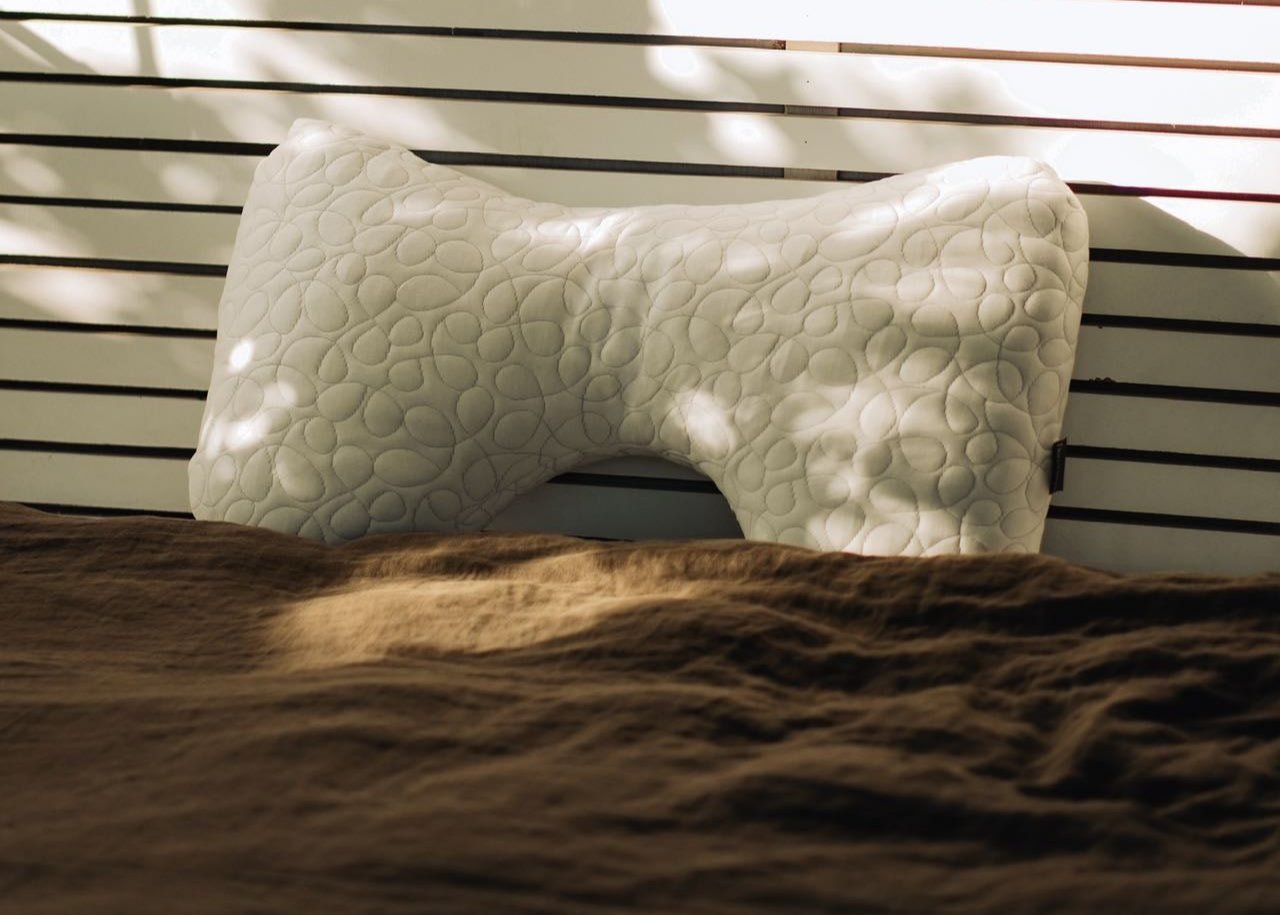
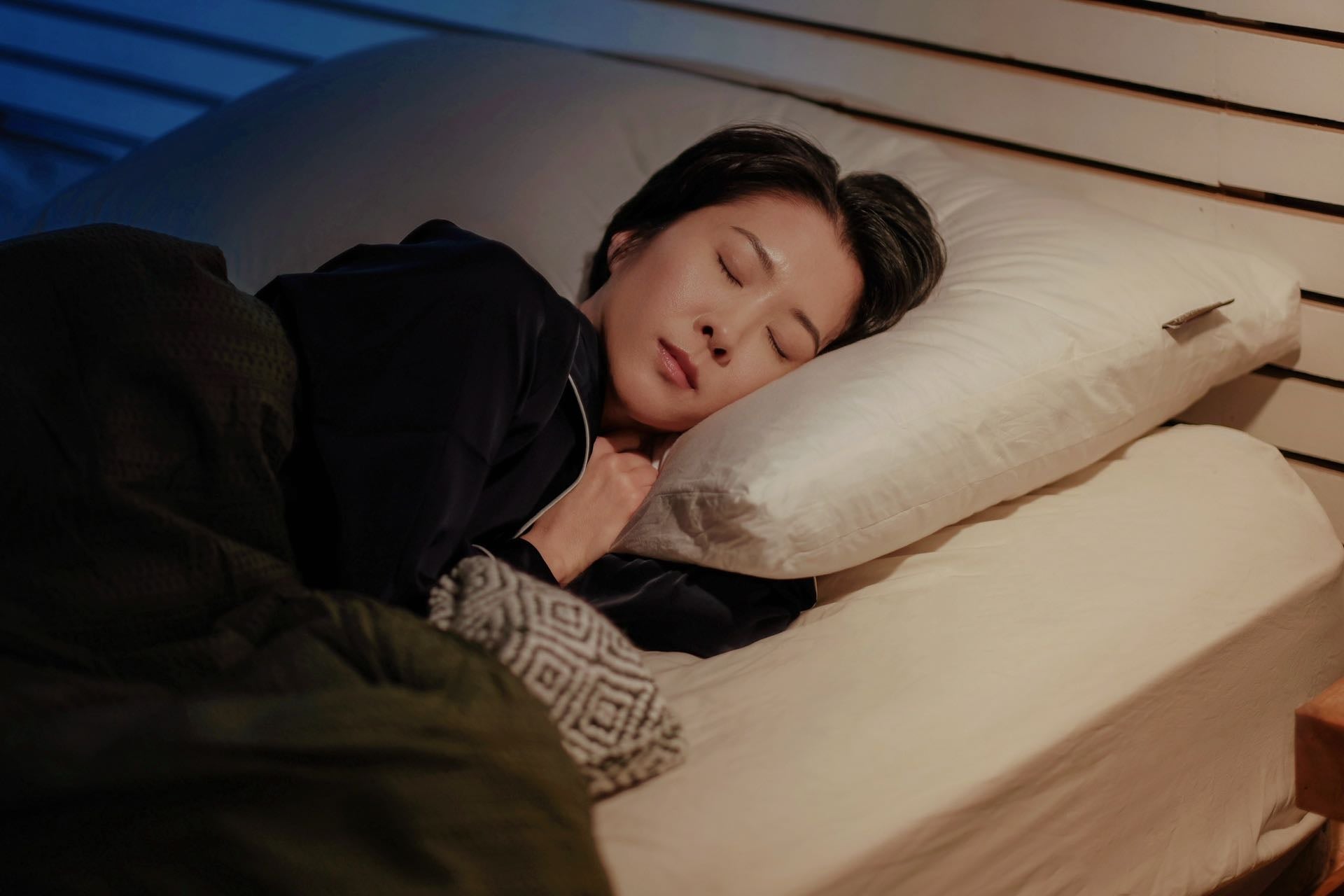

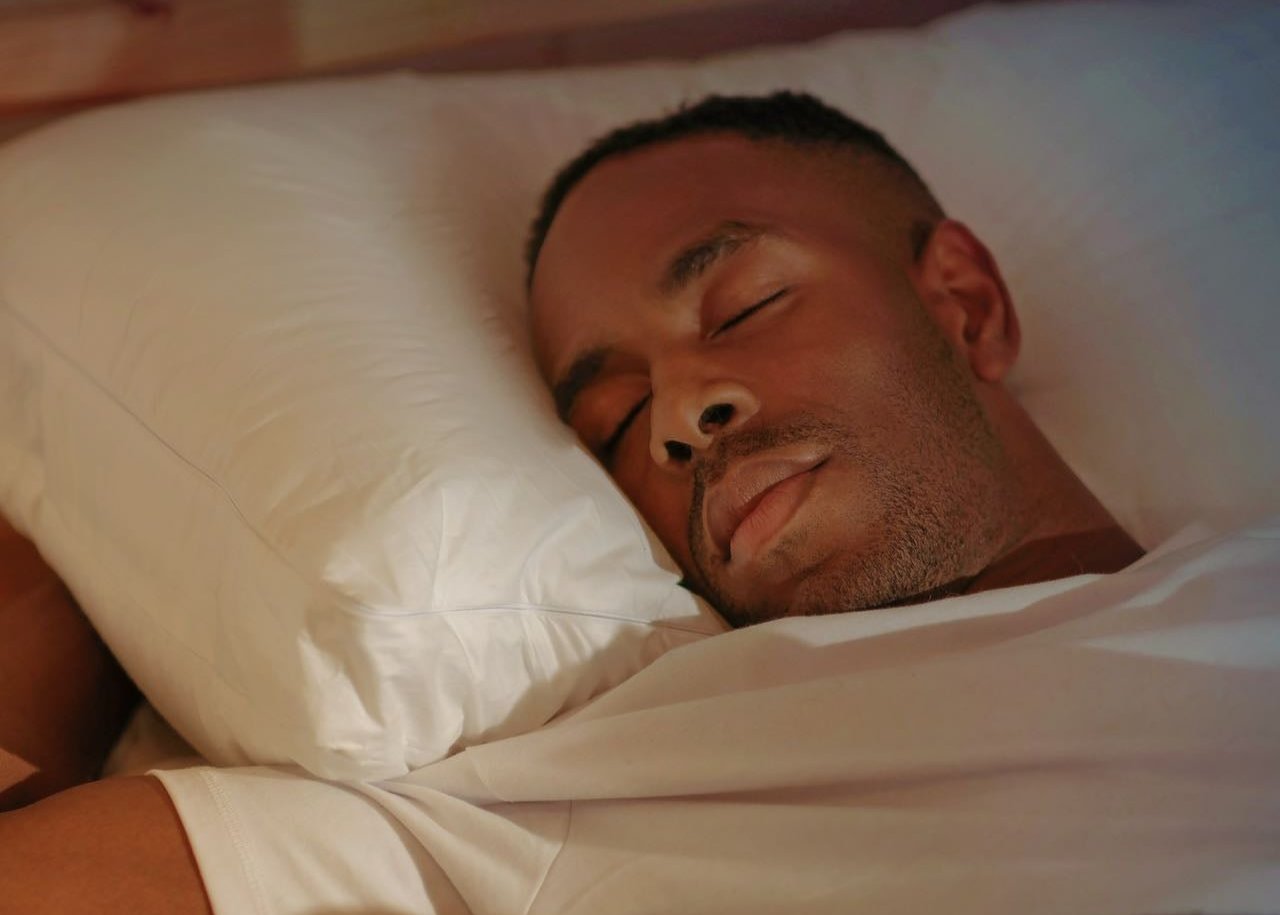

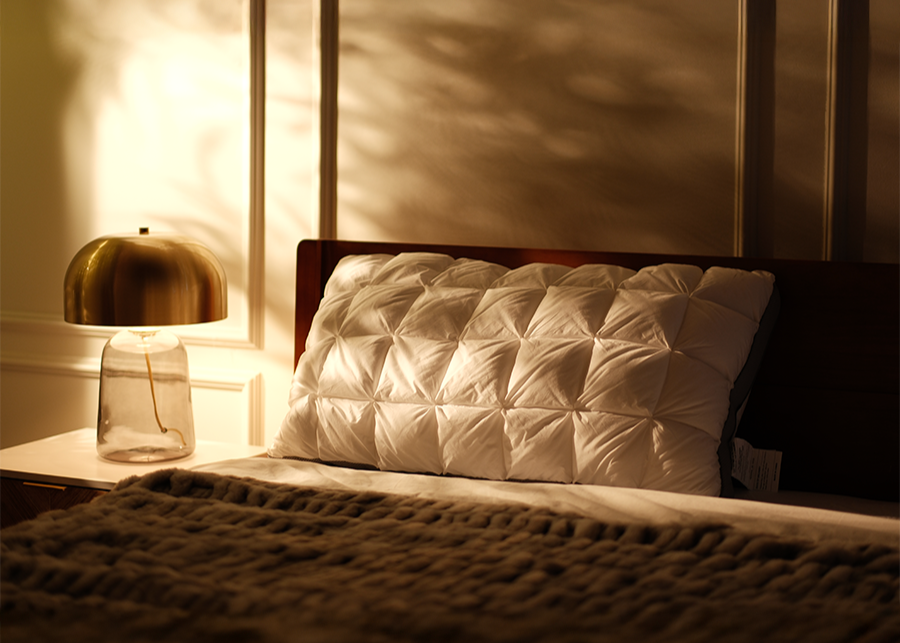

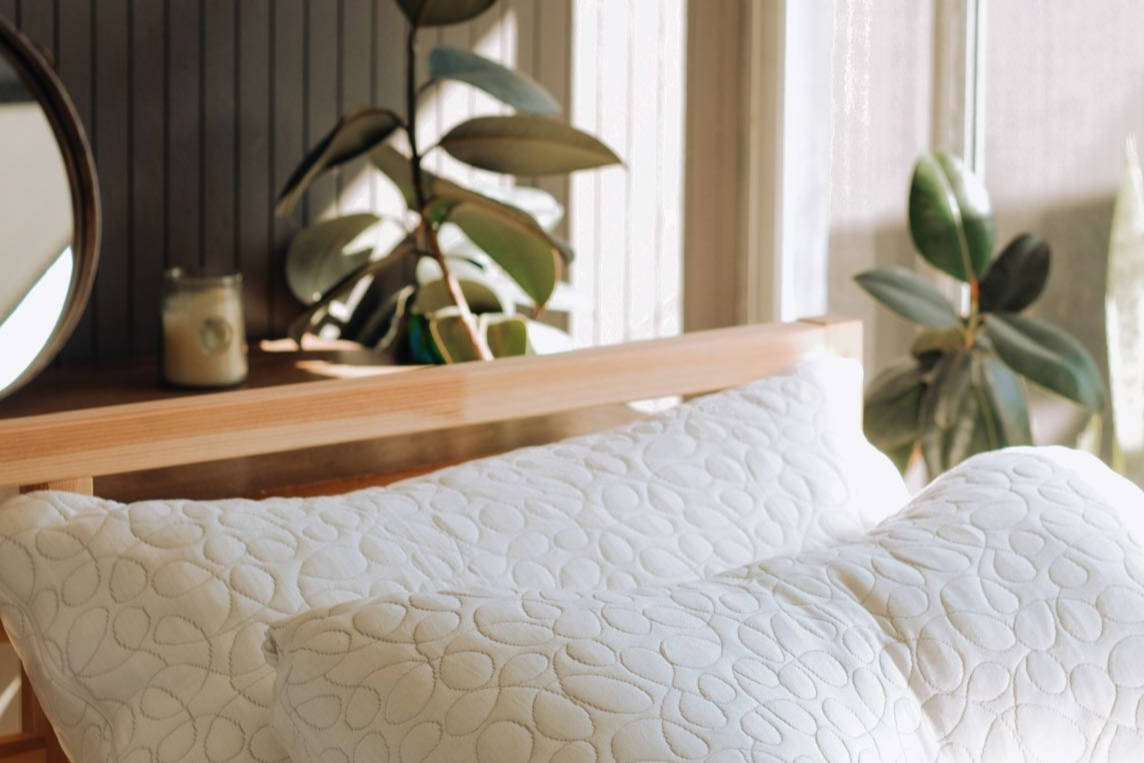
Leave a comment
This site is protected by hCaptcha and the hCaptcha Privacy Policy and Terms of Service apply.